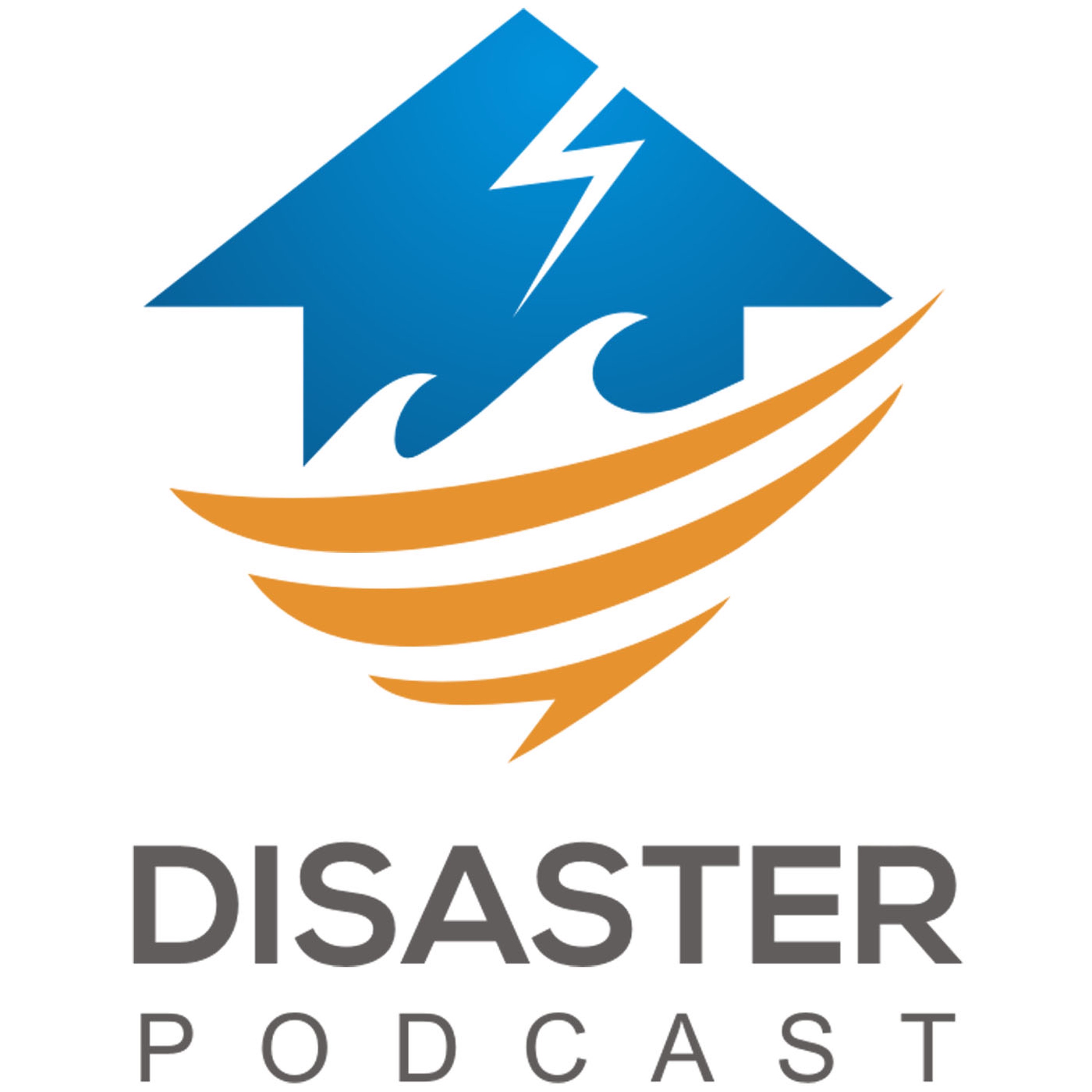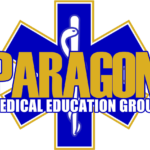Vertical and Mountain Medical Response (part 2)
Podcast: Play in new window | Download
Subscribe: Apple Podcasts | RSS | More
 We’re talking Vertical and Mountain Medicine Response again on this week’s two-part Disaster Podcast episode. Hosts Jamie Davis, the Podmedic and Sam Bradley are joined by regular guest Dr. Joe Holley this week to continue a discussion about a specialized wilderness response in mountainous or high-angle terrain. Joining us again is Dr. Seth Hawkins who was on the original wilderness EMS episode with us. Also joining us is Pearce Beissinger, a physician’s assistant specializing in cardiology in his day job but an experienced vertical response specialist in his extracurricular activities.
We’re talking Vertical and Mountain Medicine Response again on this week’s two-part Disaster Podcast episode. Hosts Jamie Davis, the Podmedic and Sam Bradley are joined by regular guest Dr. Joe Holley this week to continue a discussion about a specialized wilderness response in mountainous or high-angle terrain. Joining us again is Dr. Seth Hawkins who was on the original wilderness EMS episode with us. Also joining us is Pearce Beissinger, a physician’s assistant specializing in cardiology in his day job but an experienced vertical response specialist in his extracurricular activities.
Pearce and Seth started the company Vertical Medicine Resources to address the need for specialized training and resources for these types of response scenarios. Vertical Medicine Resources is a medical guiding and consulting team dedicated to provide training and support for clients in a vertical environment. Whether at the local crag, a desolate alpine ridge, or trekking through remote highland villages, our mission is to assist individuals and groups with their adventures in vertical and mountainous terrain, prevent injuries while in these surroundings, and overcome challenges to succeed in their personal and professional summits.
Find out more about them using the links below:
Vertical Medicine Resources on Facebook
Vertical Medicine Resources on Twitter
Wilderness Medicine Protocols Link
—-
Again, a special thank-you to Paragon Medical Education Group for their continued support of this podcast as our partners in this endeavor to bring disaster medicine to you. Check out their page and educational resources that can help your system be more prepared for what happens in your area.
—-
3 Replies to “Vertical and Mountain Medical Response (part 2)”
Comments are closed.



Thank you all for your informative podcast that raises many relevant questions. I am happy to hear people around the country working to bring evidence based and informed decision making to the backcountry around the U.S.. Standardization tends to be a loaded term coming from the mouth of a “wilderness provider”, where we tend to praise antonyms like “improvisation” and “adaptation”. But recognizing that patients who get ill or injured in the backcountry deserve the same dedication and care that front-country caregivers provide is paramount for our industry to move forward. This does not mean providers should deliver the same care as those in “traditional” settings, but that oversight, quality assurance and quality improvement, as you all have said, should be demanded of those who wish to help patients in the wilderness. Those providing the oversight will carry the responsibility to discuss, research and collaborate in order to determine what is best for our patients in our environment. Only with this dedication can we rest assured that “we are doing what we should do, not what we can do”.
We must also recognize that wilderness and mountain medicine in the United States is very young and fragmented, which is not necessarily the case across the world. Many other countries (most notably those centered around the Alps in Europe), have taken a much more consistent approach to training and credentialing. Notably, the UIAA (International Climbing and Mountaineering Federation), ISMM (International Society for Mountain Medicine) and ICAR (International Commission for Alpine Rescue) have established the Diploma in Mountain Medicine (DiMM) curriculum, in attempt to establish an internationally recognized curriculum that defines the minimal level of training for advanced providers in mountainous terrain on an international level. (http://www.theuiaa.org/mountain-medicine-diploma.html)
The rubber meets the road when those that are trained and qualified to this widely accepted standard have the opportunity to operate in a system and under a scope that reflects those best practices. To accomplish this we have to start addressing how we can establish the necessary infrastructure in the US to be able to provide that level of care and oversight. To illuminate this idea, we can start simply with the concept of providing adequate analgesia to patients with severe pain in the mountains… this requires medical directors, DEA approval, pharmacy inspections….etc., all of which combine to be an enormous burden to those who work within the limited budgets and time commitments of volunteer systems.
I am curious about how you think we can start to grow the systems that inevitably either support progress toward this end goal, or stifle it? Clearly the medical care and technical expertise that we have in our National Parks (Yosimite & the Grand Canyon come to mind) is much different than that which is provided in less trafficked areas. How can we establish “standards of care” that are comprehensive but also flexible enough to consider the specifics of the teams and resources available to any given area? What are some things that we can change on a system level that can help eliminate the disparities in level of care that span our wilderness areas?
Again, thank you for the interesting podcast. I will forward it along to my many colleagues who will appreciate the ideas that were brought up.
Thanks for your comments Dane. I hope you’ll come back and leave your thoughts on future episodes as well!
Great Comments Dane! Standardization and consistency are paramount as we try to develop best practices, and share that knowledge with others. Really appreciate the great work you do, and thanks for being our guest. Look forward to next time!
Joe